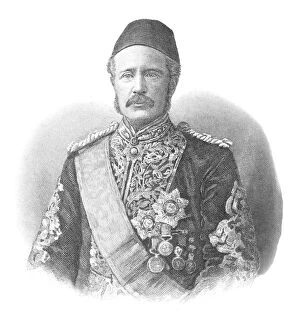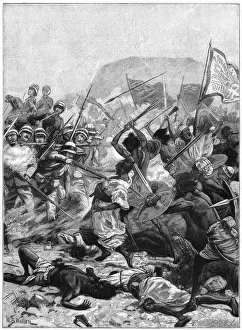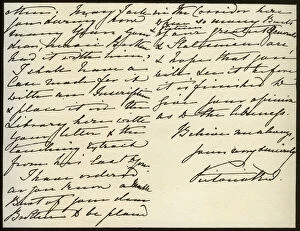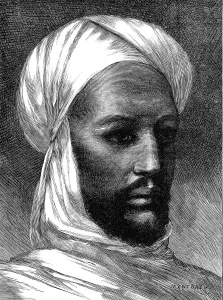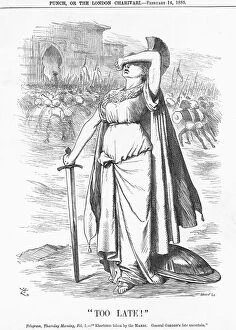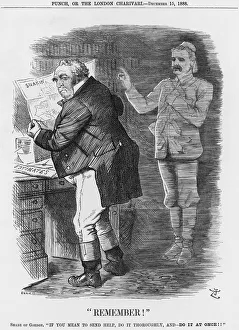General Charles George Collection
General Charles George Gordon was a prominent 19th-century British soldier and administrator, widely known for his heroic actions during the Battle of Khartoum in 1885
All Professionally Made to Order for Quick Shipping
General Charles George Gordon was a prominent 19th-century British soldier and administrator, widely known for his heroic actions during the Battle of Khartoum in 1885. Often referred to as General Gordon, he was an influential figure who left a lasting impact on history. Born in c1880, General Gordon's military career flourished under the guidance of renowned figures like General Gordon. His dedication and strategic brilliance earned him recognition as one of Britain's finest soldiers. During the Battle of Khartoum in 1900, General Gordon displayed immense courage and leadership while defending against rebel forces led by The Mahdi. This historic event became a turning point in his life and solidified his reputation as a fearless warrior. Queen Victoria herself acknowledged General Gordon's bravery through a heartfelt letter sent from Windsor Castle on March 16th, 1885. This gesture showcased the high regard with which he was held within British society. General Gordon meticulously documented his experiences during the siege of Khartoum in December 1884. His diary entries provide invaluable insights into this significant period and serve as historical artifacts that shed light on the challenges faced by soldiers at that time. To honor his legacy, London erected a statue Gordon alongside the National Gallery at Trafalgar Square. This monument stands tall even today, reminding us of his remarkable contributions to both military strategy and administration. The artwork "Charles George Gordon" created by G Cook captures not only his physical appearance but also reflects upon his character traits such as determination and resilience - qualities that defined him throughout his illustrious career. Joseph Swain's illustrations titled "My Boys. " and "Too Late. " depict poignant moments from General Gordon's life. These artworks capture both camaraderie among soldiers under his command as well as the tragic consequences resulting from delayed support during critical times.


